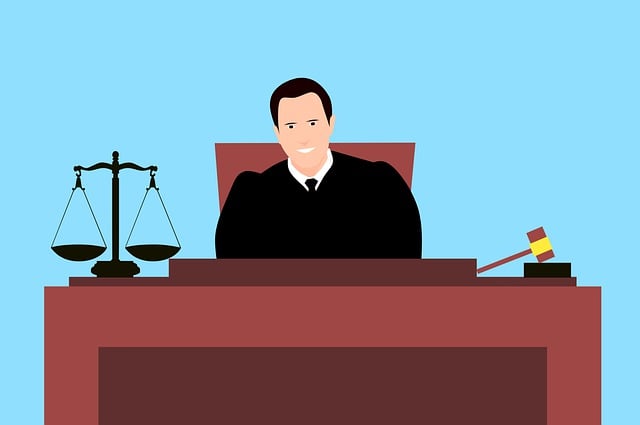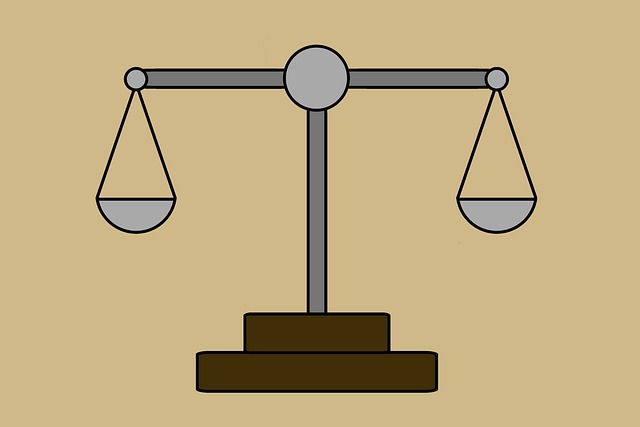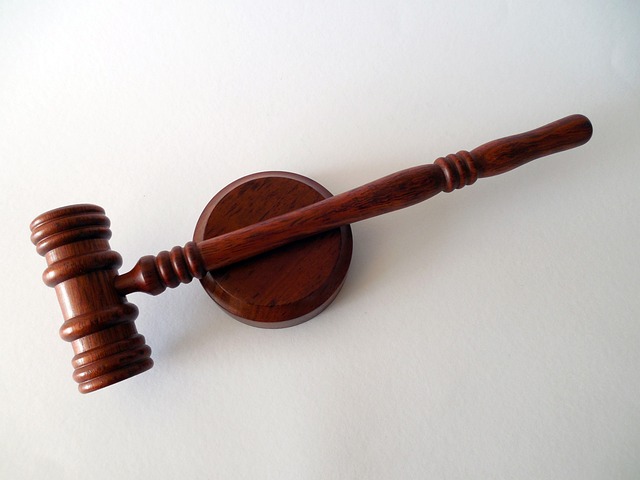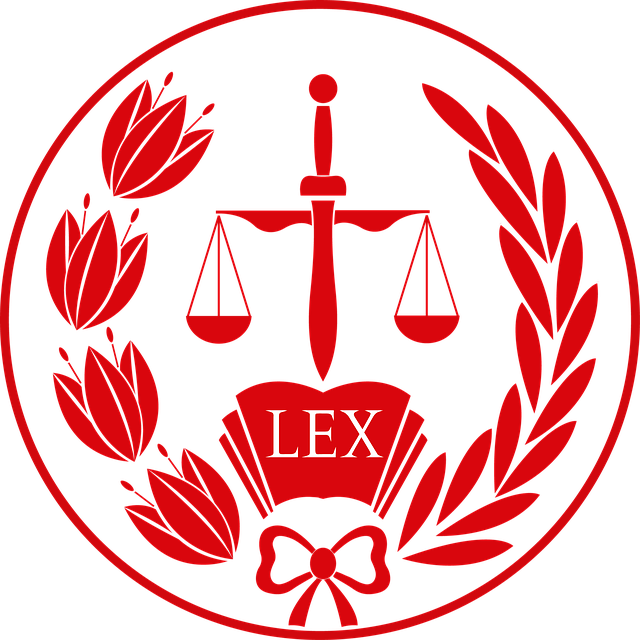The Civil Litigation Process for Patent Infringement involves a legal battle in federal court to protect intellectual property rights. It requires specialized lawyers who navigate complex procedures, manage deadlines, and present evidence. Key documentation and expert witnesses are crucial. Non-compliance leads to severe consequences like fines or charge dismissal, disrupting business operations. Effective regulatory compliance management through dedicated teams, training, and technology is vital to avoid legal issues and safeguard corporate reputation.
In today’s highly regulated environment, understanding regulatory compliance issues is vital for any business, especially those involved in intellectual property. This article delves into the intricacies of navigating patent infringement lawsuits and the legal requirements of the civil litigation process. From recognizing patent infringement basics to managing evidence and documentation, we explore strategies that ensure compliance. Learn how non-compliance can impact operations and discover best practices for effective regulatory compliance management, particularly in the context of the civil litigation process for patent infringement.
- Understanding Patent Infringement Lawsuit Basics
- Navigating Legal Requirements for Civil Litigation
- Key Evidence and Documentation in Patent Cases
- Impact of Non-Compliance on Business Operations
- Strategies for Effective Regulatory Compliance Management
Understanding Patent Infringement Lawsuit Basics

When a patent holder believes their intellectual property rights have been infringed upon, they can initiate a civil litigation process for patent infringement. This involves a complex series of steps within the legal system designed to protect the inventor’s exclusive rights to their invention and seek compensation for any damages incurred. The civil litigation process for patent infringement often begins with filing a lawsuit in a federal court, outlining the alleged infringer and the specifics of the patent violation.
Once filed, the case proceeds through stages including discovery, where both parties exchange crucial information, and motions, where legal arguments are presented to the judge. If the case cannot be resolved through settlement negotiations or alternative dispute resolution methods, it advances to a trial by jury. Here, evidence is presented, witnesses testify, and the jury determines whether infringement occurred, assessing damages accordingly. This process plays a vital role in ensuring that the philanthropic and political communities are protected from unfair competition and that respective businesses can operate within ethical boundaries set by patent laws.
Navigating Legal Requirements for Civil Litigation

Navigating the legal requirements in civil litigation for patent infringement can be a complex process, demanding meticulous attention to detail. The Civil Litigation Process for Patent Infringement involves a series of stringent steps designed to protect the rights of both corporate and individual clients. This intricate dance requires a comprehensive understanding of not only the technical aspects of the patent but also the legal framework governing intellectual property rights.
Lawyers specializing in general criminal defense, including white-collar defense, play a pivotal role here. They guide their clients through the labyrinthine procedures, ensuring compliance with stringent deadlines and legal precedents. From drafting detailed complaints to managing discovery, these professionals help shape the case strategy while mitigating potential risks. This meticulous approach is essential to securing favorable outcomes for clients facing patent infringement allegations.
Key Evidence and Documentation in Patent Cases

In the Civil Litigation Process for Patent Infringement, key evidence and documentation play a pivotal role in establishing a strong case. The primary focus is on proving that an accused party has infringed upon a valid patent, often through the presentation of detailed technical information. This includes the production of original patents, specifications, and drawings, which provide a comprehensive understanding of the patented invention. Additionally, evidence of the infringer’s actions, such as copies of the accused product or processes, can be crucial in demonstrating similarity to the patented design or method.
Documentary proof also encompasses records related to the development and commercialization of the patent, including research notes, testing data, and marketing materials. These documents help in tracing the path from innovation to market and establish a timeline of events. In some cases, expert witnesses may be called upon to interpret complex technical data, offering insights that can sway the outcome of the case. The strategy behind presenting this evidence is to provide an irrefutable narrative, leading to either a settlement or, if necessary, a complete dismissal of all charges in favor of the accused, especially when the general criminal defense strategies are considered and applied appropriately.
Impact of Non-Compliance on Business Operations

Non-compliance with regulatory requirements can have significant consequences for businesses, impacting their operations and reputation. When a company fails to adhere to legal standards and industry regulations, it opens itself up to various risks. One of the most severe outcomes is civil litigation, particularly in cases of patent infringement. The Civil Litigation Process for Patent Infringement involves thorough examination of the evidence, where non-compliance may lead to substantial financial penalties and even a complete dismissal of all charges against the company.
This can disrupt business continuity by incurring legal costs, causing delays in operations, and damaging customer trust. Moreover, it sets a precedent for future legal battles, as courts often consider prior instances of non-compliance when ruling on subsequent cases. For his clients across the country, ensuring regulatory compliance is thus vital to maintaining smooth business functions and avoiding potential pitfalls.
Strategies for Effective Regulatory Compliance Management

In today’s complex business landscape, effective regulatory compliance management is paramount to avoid legal pitfalls and maintain a robust corporate reputation. Organizations must adopt proactive strategies to stay ahead of evolving regulations and industry standards. Firstly, establishing a dedicated compliance team or outsourcing to expert consultants can ensure thorough knowledge of relevant laws and guidelines. This team should then develop comprehensive internal policies and procedures tailored to the company’s unique operations. Regular training sessions for employees at all levels are crucial in fostering a culture of compliance.
Additionally, leveraging technology can significantly enhance regulatory management. Implementing advanced software solutions allows for efficient tracking and monitoring of compliance-related tasks, deadlines, and documentation. These tools can automate processes, reduce human error, and provide real-time updates. Moreover, having an unprecedented track record of successful civil litigation processes for patent infringement shows the effectiveness of robust compliance management. Such winning challenging defense verdicts not only safeguard intellectual property rights but also demonstrate a company’s commitment to adhering to the highest legal standards, thereby fostering trust among stakeholders.
The journey through regulatory compliance, particularly in the realm of patent law, is intricate yet pivotal for businesses. By understanding the fundamentals of patent infringement lawsuits, navigating legal requirements in civil litigation, and recognizing the importance of evidence and documentation, companies can effectively manage their compliance strategies. Embracing these practices not only ensures adherence to legal standards but also safeguards business operations from potential disruptions caused by non-compliance. Ultimately, a robust regulatory compliance management system is key to thriving in today’s competitive market, especially when facing the complex civil litigation process for patent infringement.






